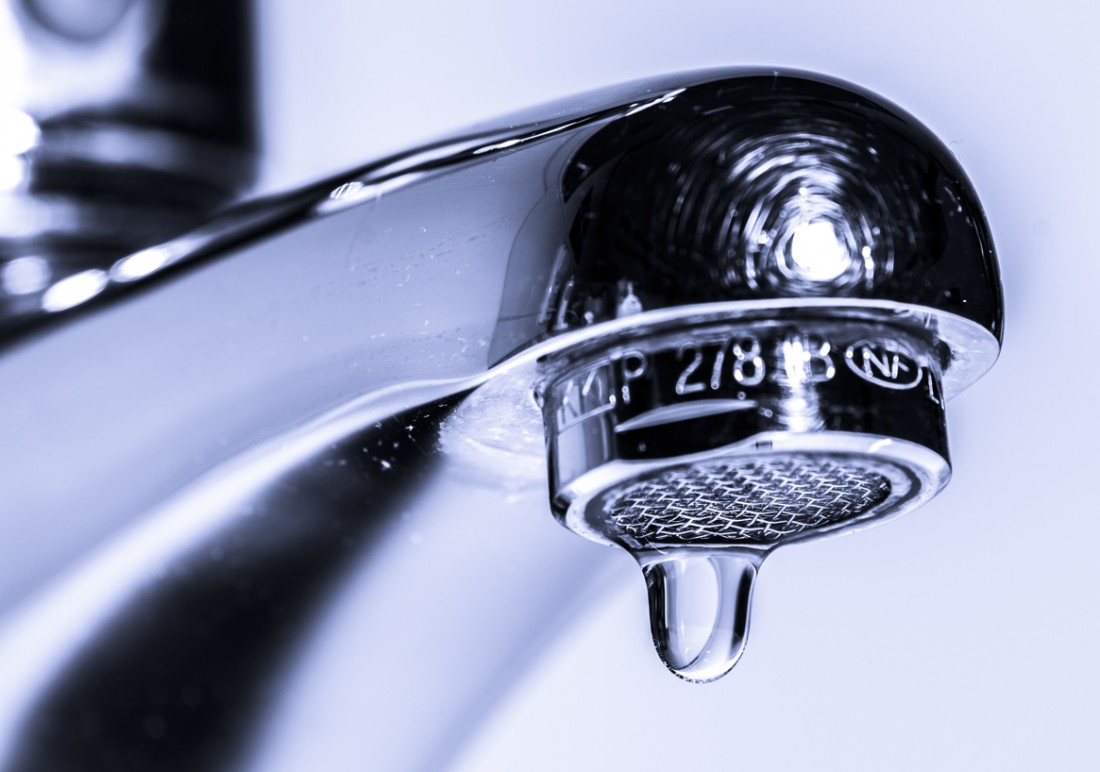As the British Government continues to pursue controversial plans to introduce domestic water charges across the North, five potential payment models have been put forward.
The move comes as Secretary of State Chris Heaton-Harris’ opens up a wider consultation process on a broader range of potential revenue raising measures, which includes drug prescription charges and increasing university tuition fees.
According to the Department for Infrastructure (DfI) it costs around £680 million each year for NI Water to deliver safe drinking water and sewerage services.
“Since domestic water and sewerage users aren’t directly charged (in the North), the funding comes from government subsidies, non-domestic charges and borrowing,” said the department.
However, plans are now afoot to make water users responsible for covering these costs, which are predicted to run somewhere in the region of two billion pounds between now and 2027.
The proposed ‘self-financing arrangement’ models include a flat rate charge for all households, a charge related to the value of a person’s home, and the introduction of water meters.
Below we have outlined and detailed the five options listed in the Department for Infrastructure’s ‘Consultation on Water and Sewerage Charges’ paper.
The first is a flat charge that would apply equally to all households.
“This option assumes that all households would pay the same level of water and sewerage charge, regardless of size of property, number in the household or usage. This flat charge could either be billed and collected through NI Water or as a stand-alone charge added to the Rates Bill and collected through LPS.”
Option two, a charge based solely on the capital value of the property, would mean the capital value of each property would be the sole determinant of each householder’s charge.
“Domestic users would be required to pay an amount based on the capital value of their property, calculated similarly to the regional rate. It would avoid the substantial extra costs associated with metering and volumetric charging and billing and collection could be integrated with the rates, resulting in combined bills and efficiency savings. There would be distinct payments for water and sewerage services, which would be clearly identified on customer’s bills.”
Option three is a hybrid charge; a flat and variable charge based on the capital value of the property.
“This would comprise a combination of a fixed and variable charge. The largest proportion of NI Water’s costs is fixed due to the capital-intensive nature of the water industry. The fixed component would be a standing charge which would be identical for every customer. The remainder of the charge would be variable and calculated on the basis of the property capital value. Water charges in Great Britain are raised mainly on this basis. There would be distinct payments for water and sewerage services, which would be clearly identified on customer’s bills. This could either be billed and collected by NI Water (requiring a new system to be established) or through LPS using the existing rates system.”
Option four would require the installation of water meters on all domestic properties, which it is estimated would cost £300 million and would take considerable time to roll out.
“This is a charge based on the level of water consumption as measured through water meters. It would be administered by NI Water and would take significant capital investment as most properties in Northern Ireland do not currently have a water meter installed (the policy that all new homes or homes connecting to the water supply for the first time, have water meters fitted was suspended in Northern Ireland in December 2016).
“Metering of domestic water supplies may give rise to a potential adverse impact on low income and / or larger households, and on customers who require large volumes of water on health grounds.”
The final proposed model would is another hybrid model; a flat and variable charge based on water meters.
“This is similar to option three but rather than comprising a combination of a fixed and variable charge based on property value, the variable charge would come from water usage as measured by water meters. The largest proportion of NI Water’s costs is fixed due to the capital-intensive nature of the water industry. The fixed component would be a standing charge which would be identical for every customer. The remainder of the charge would be variable and calculated on the basis of water usage.”
The full consultation document and instructions on how you can give your views can be found at ‘https://www.infrastructure-ni.gov.uk/news/consultation-begins-options-introducing-water-and-sewerage-charges’.







